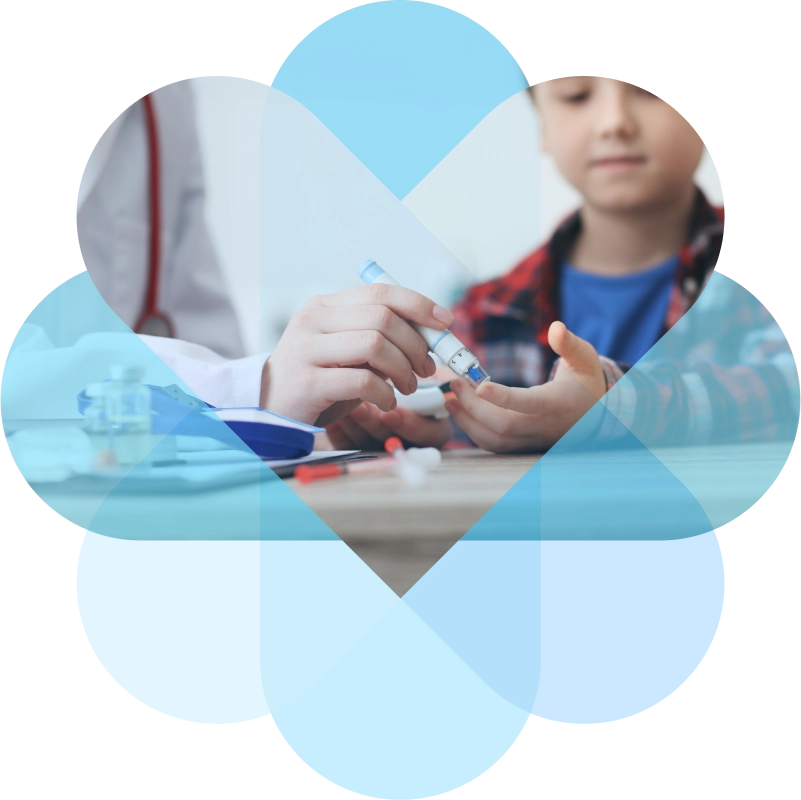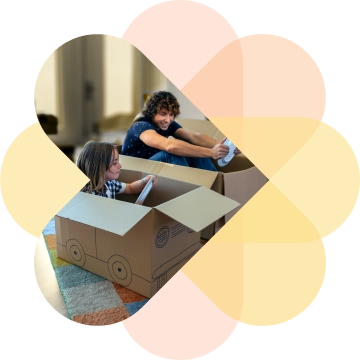DiSH-MT April Session:The Diagnosis and Care Experience

Overview
During this session, we looked at two perspectives regarding the initial diagnosis and care experience. First, Rita Ballesteros Bono, RN, RD, CDCES, MS, shed light on the clinical side of how Billings Clinic Bozeman supports patients and families in the early stages of a Type 1 Diabetes diagnosis. She described the type of education families receive, emphasizing the limited education provided at the point of diagnosis and how the first several appointments focus on very basic diabetes care. Following the clinical perspective, James Bonhoff, MD, presented the findings of a 2022 study conducted by Montana Pediatrics and the University of Montana’s Rural Institute, which surveyed over 100 Montana families of children with Type 1 diabetes, capturing their voice and perspective on their unique diagnosis and care experiences.
Video Recap
Key Takeaways
A family’s level of diabetes education can vary greatly depending on where the child was diagnosed – ER, inpatient care, PCP office, etc. – and even across different geographic areas of the state. Most families start by learning very, very basic skills for managing diabetes, focused mostly on how to manage highs and lows.During a 2022 study conducted by Montana Pediatrics that aimed to capture family voice about the initial diagnosis and care experience, 100% of families reported their child had an endocrinologist and 95% had a primary care provider, yet 49% had never accessed/had access to a nutritionist/dietician, and 69% had never received mental health support.Most families feel incredibly scared, worried, and anxious during the initial diagnosis period, often citing they were “scared my child was going to die.” Similar feelings from families are reflected when a child goes back to school, feeling very uncomfortable and worried when leaving the care of their children to school health personnel – particularly on days when a school nurse is not present. Each school nurse provides a unique perspective and level of support for the child/family, but it’s worth remembering to communicate, communicate, communicate with the family!
What you should know about the diagnosis and care experience based on this session…
During the early phase of a diagnosis, families have just a basic understanding of diabetes, high and low blood sugars, carb counting, and in some cases the basics of how to use a CGM (depending on the clinic!). The knowledge level of diabetes for most families is quite low.Understanding how much diabetes education a family has can be valuable when supporting a student at school. Each family is different, but recognizing the fear/worry a family might have about sending a child back to school is important.It is important to make sure a student’s teachers and other school staff have a basic understanding of how to support a student with diabetes! Remember to meet with them and ensure they’re prepared to care for a student during times when a child may be outside of the classroom (like during a fire drill or assembly), and that they always send a buddy with the student if they need to visit the office.Most children with Type 1 in Montana have both an endocrinologist and a primary care provider, yet not all children have consistent access to a school nurse every day.
Register for may’s Session
Topic: Montana Youth Diabetes Alliance (MYDA) and Family Support Needs
